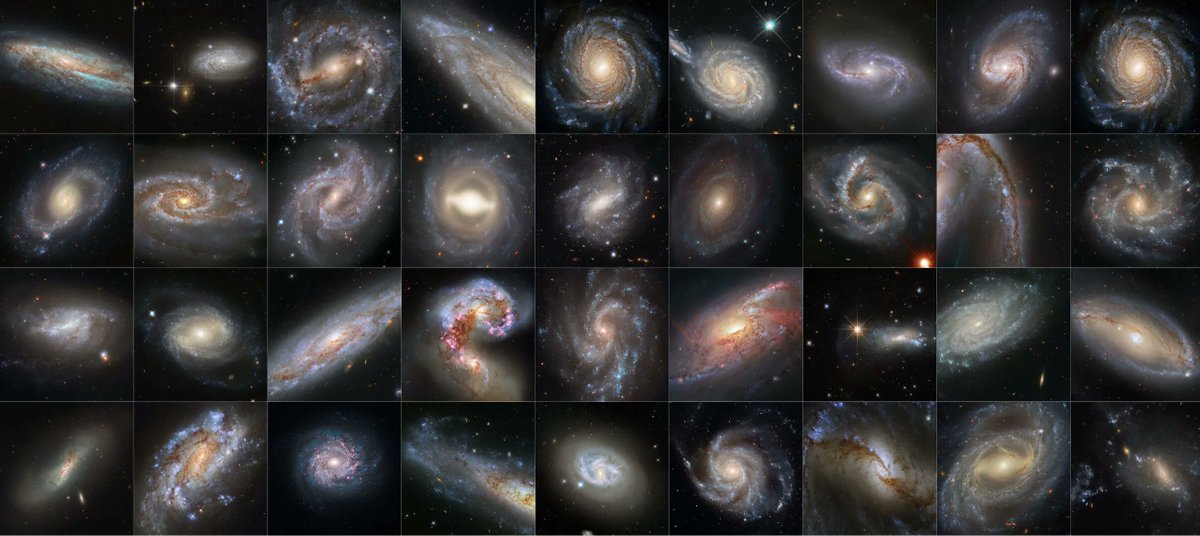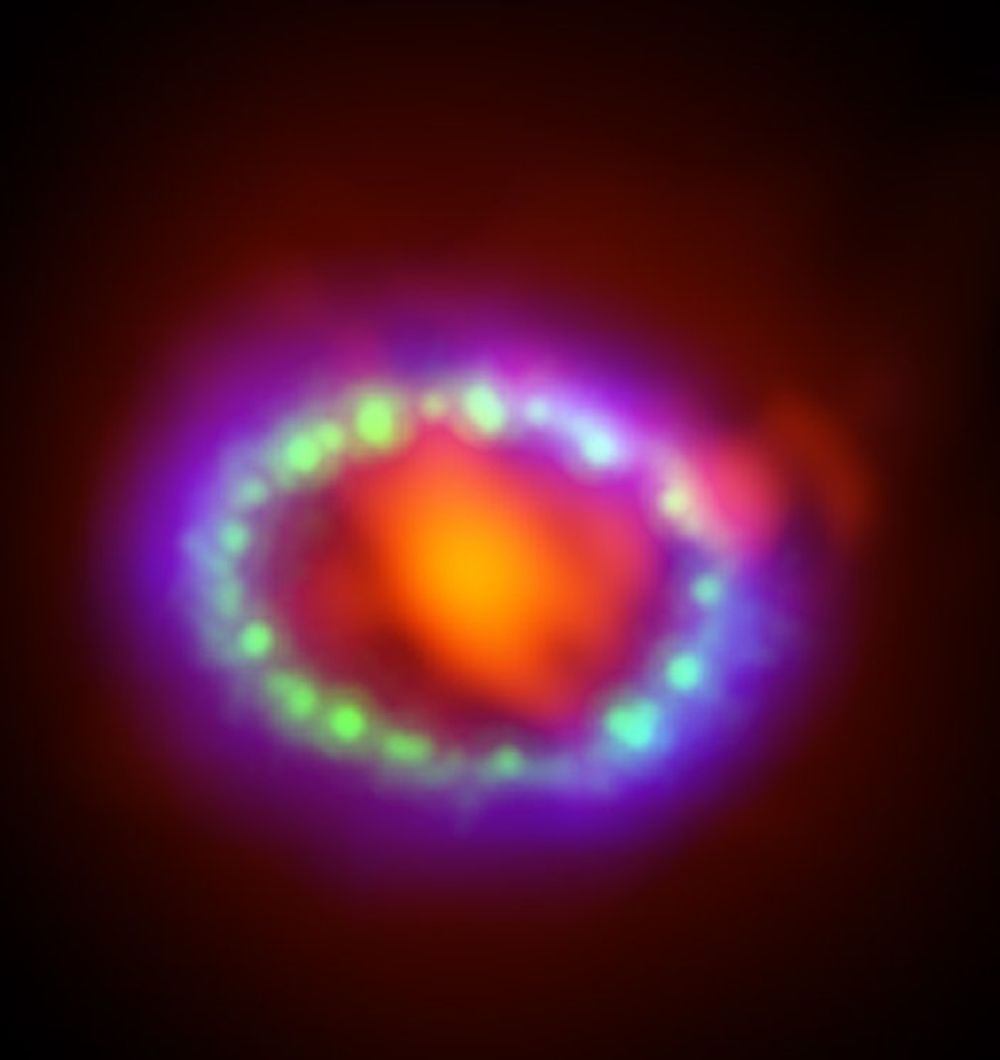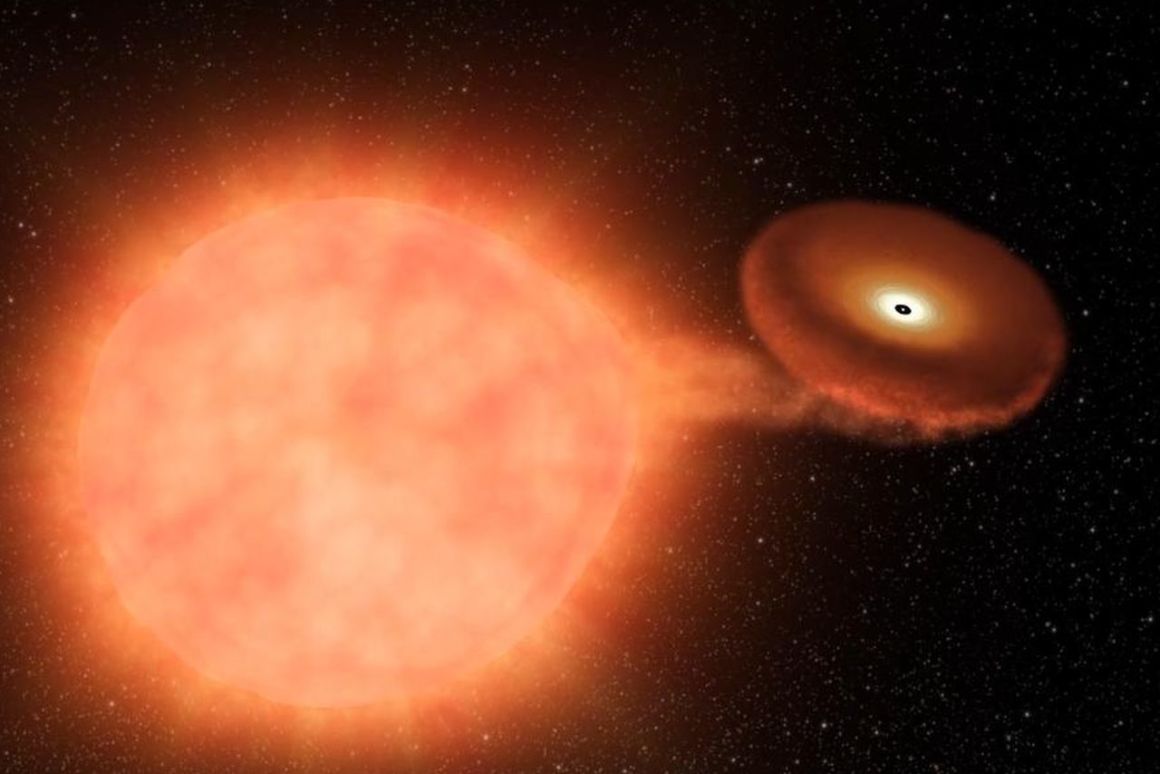It’s axiomatic that the Universe is expanding. However, the rate of expansion hasn’t remained the same. It appears that the Universe is expanding more quickly now than it did in the past.
Astronomers have struggled to understand this and have wondered if the apparent acceleration is due to instrument errors. The JWST has put that question to rest.
Continue reading “The JWST Looked Over the Hubble’s Shoulder and Confirmed that the Universe is Expanding Faster”









